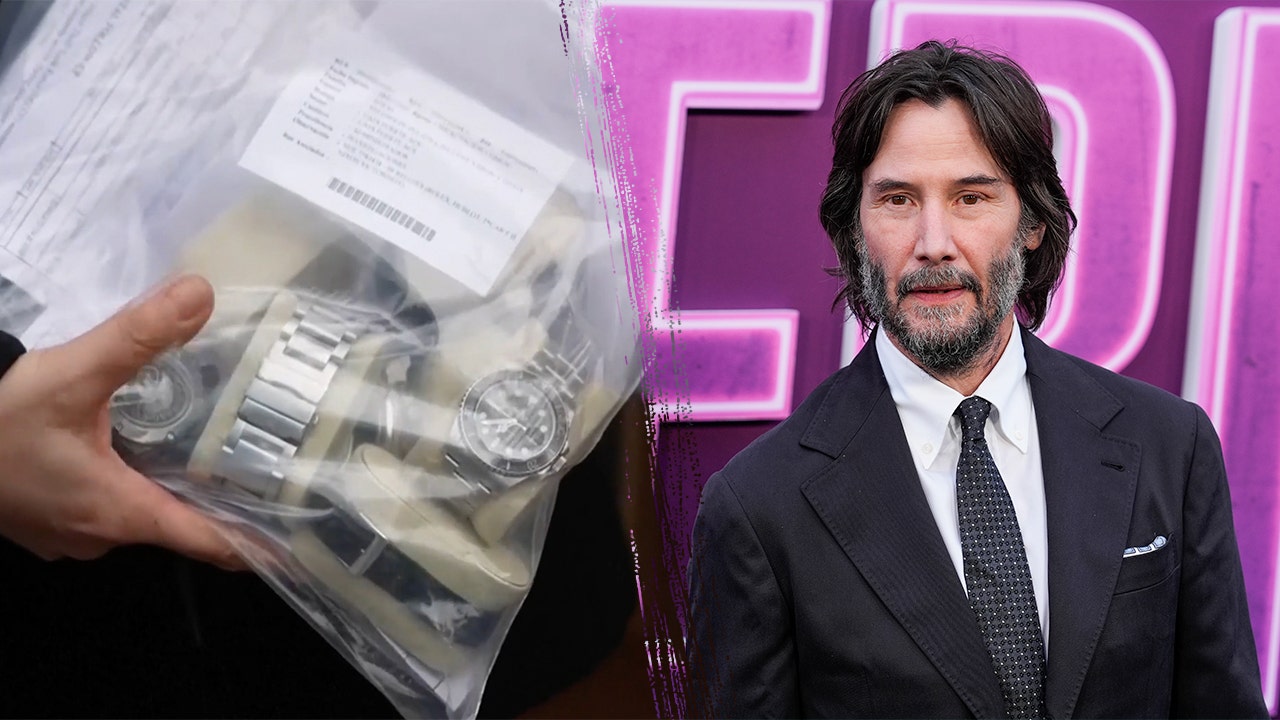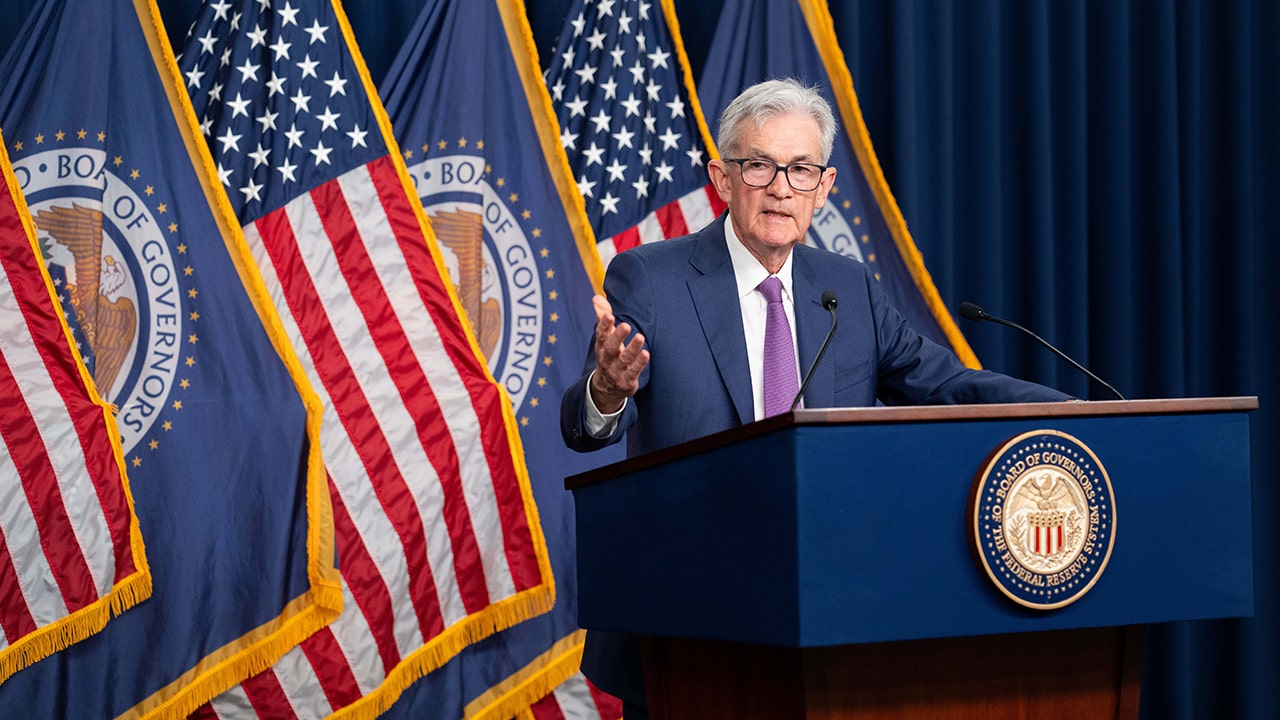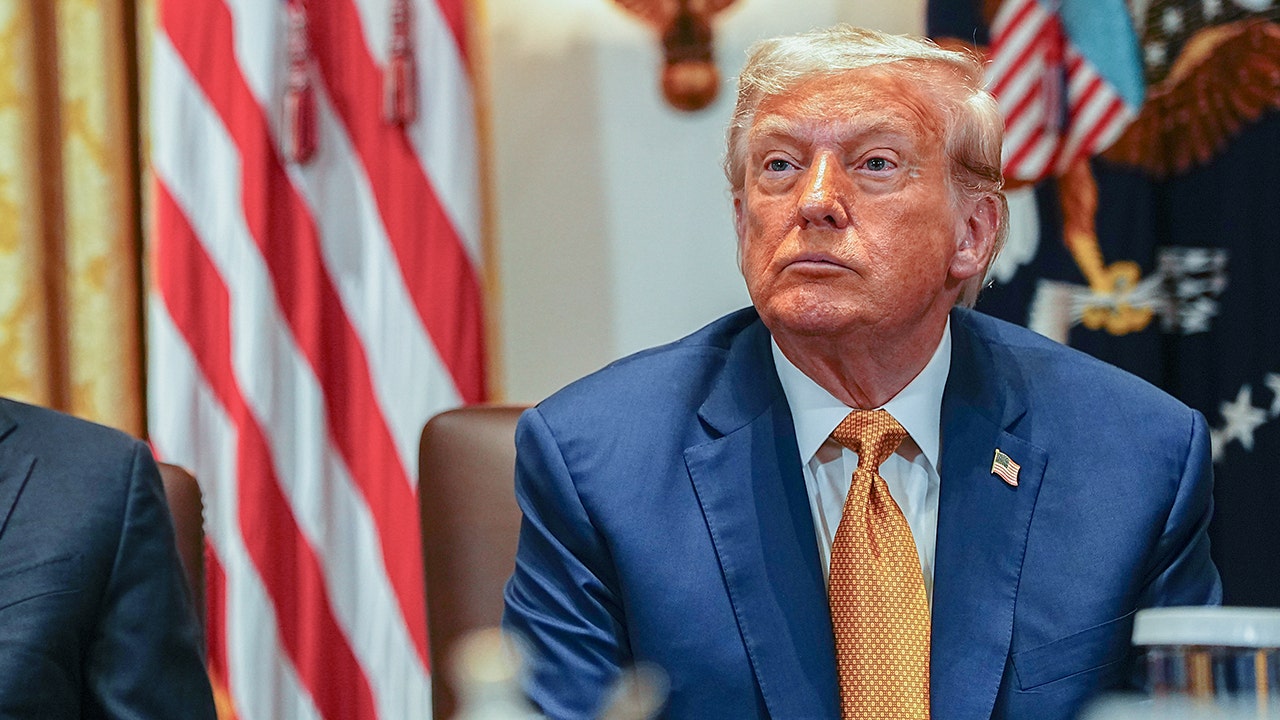The nonpartisan Congressional Budget Office (CBO) released a new dynamic analysis that found Republicans’ “big beautiful bill” would raise budget deficits by over $300 billion more than in its previous analysis, which estimated it would widen deficits by $2.4 trillion over a decade.
The CBO found that the House-passed version of the legislation would raise federal budget deficits by a total of $2.77 trillion over the next decade using a dynamic analysis that takes into account the impact of policies on the economy.
The net deficit comes from revenue reductions of more than $3.5 trillion over a decade due to tax cuts, exceeding spending reductions of $774 billion in that period under the House-passed version of the One Big Beautiful Bill Act.
The CBO estimated that an increase in economic output would reduce primary budget deficits by $85 billion over the next decade – although higher interest rates coupled with larger deficits would increase interest payments on the baseline projection of federal debt by $441 billion over that period.
JAMIE DIMON WARNS US DEBT AND DEFICITS ARE A GROWING PROBLEM
Interest rates on 10-year Treasury notes are projected to rise by an average of 14 basis points (a basis point is one one-hundredth of a percentage point) over the next decade. Inflation would also increase by a small amount through 2030 relative to the CBO’s baseline from January 2025.
The CBO also estimated that real GDP that removes the effects of inflation would increase by an average of 0.5% over the 2025-2034 period.
Additionally, the CBO estimated that the lower marginal tax rates on income would increase the labor supply by 0.6% over the next decade compared with its baseline from earlier this year because of improved incentives for work. Other changes made by the bill to Medicaid, SNAP and student loan programs would increase the labor supply to a lesser degree.
NATIONAL DEBT TRACKER: AMERICAN TAXPAYERS (YOU) ARE NOW ON THE HOOK FOR $36,214,669,844,058.55 AS OF 6/17/25
CBO’s projection estimates that the percentage of U.S. debt held by the public as a percentage of GDP – a metric used by economists to compare a nation’s debt burden to the size of its economy – would increase by 7.1 percentage points relative to the current baseline to 124% of GDP in 2034.
That figure includes additional debt service costs caused by the larger national debt. The dynamic analysis established by the House for CBO to use doesn’t include the costs of servicing debt incurred through higher deficits attributable to the bill, due to a longstanding convention for cost estimates.
However, the agency estimates that overall deficits would be $3.4 trillion higher over the next decade when taking those into account.
CBO SAYS US BUDGET DEFICITS TO WIDEN, NATIONAL DEBT TO SURGE TO 156% OF GDP
Under the CBO’s baseline released earlier this year that doesn’t take the GOP legislation into account, budget deficits are projected to widen from about 6.2% of GDP in 2025 to 7.3% of GDP in 2055.
The budget watchdog currently projects the federal government will run a roughly $1.9 trillion budget deficit for fiscal year 2025.
The CBO’s previous cost estimate for the so-called “big beautiful bill” using a static scoring method found that deficits would be $2.4 trillion higher over the next 10 years under the version of the bill that was under consideration in the House. That analysis did not include how the legislation would impact the economy more broadly.













